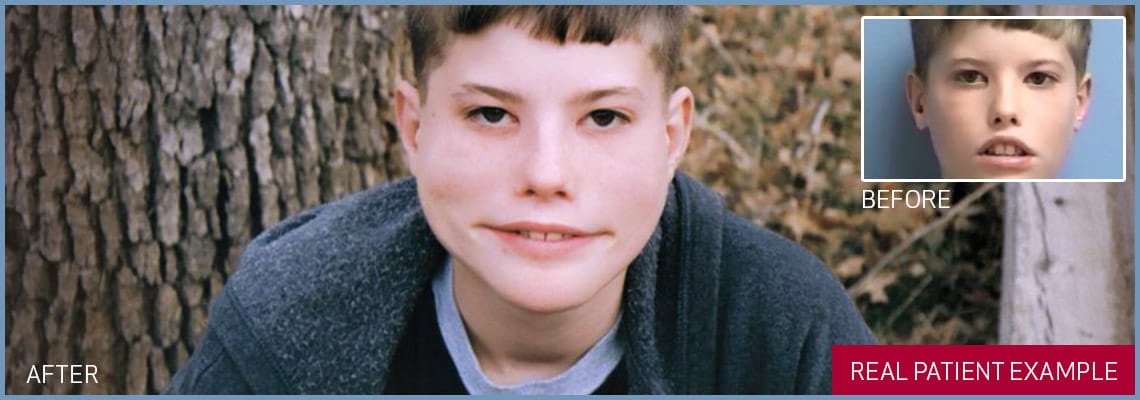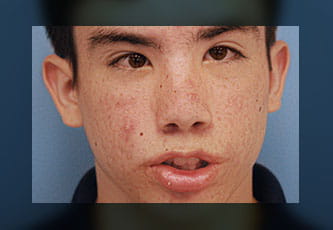Surgical Rehabilitation

Facial nerve paralysis can be produced by a large number of conditions, including Bell's palsy, trauma, tumors, and congenital differences such as Moebius Syndrome. Loss of facial nerve function often results in severe cosmetic and functional problems including impairment of facial expression, speech, eating and vision. Self-consciousness and social isolation frequently arise in the wake of these physical changes. Innovative surgical techniques are now available to restore the paralyzed face.
The goals of surgery include protecting the eye, preventing drooling and re-establishing facial symmetry both in motion and at rest. The surgical approach is customized to the individual patient and is influenced by the cause and duration of the paralysis along with the condition of the facial nerve.The use of advanced surgical techniques carefully tailored to the individual can provide a meaningful recovery for many patients living with facial paralysis.
The goals of surgery include protecting the eye, preventing drooling and re-establishing facial symmetry both in motion and at rest. The surgical approach is customized to the individual patient and is influenced by the cause and duration of the paralysis along with the condition of the facial nerve.The use of advanced surgical techniques carefully tailored to the individual can provide a meaningful recovery for many patients living with facial paralysis.
BILATERAL CONGENITAL FACIAL PARALYSIS

Bilateral Congenital Facial Paralysis (Moebius syndrome) with a Functional Muscle Transplant (left cheek)
FREE GRACILIS MUSCLE FLAP

Free gracilis muscle flap powered by the masseter motor nerve.
real patient case studies
Learn how facial paralysis surgery and functional restoration can help you.
